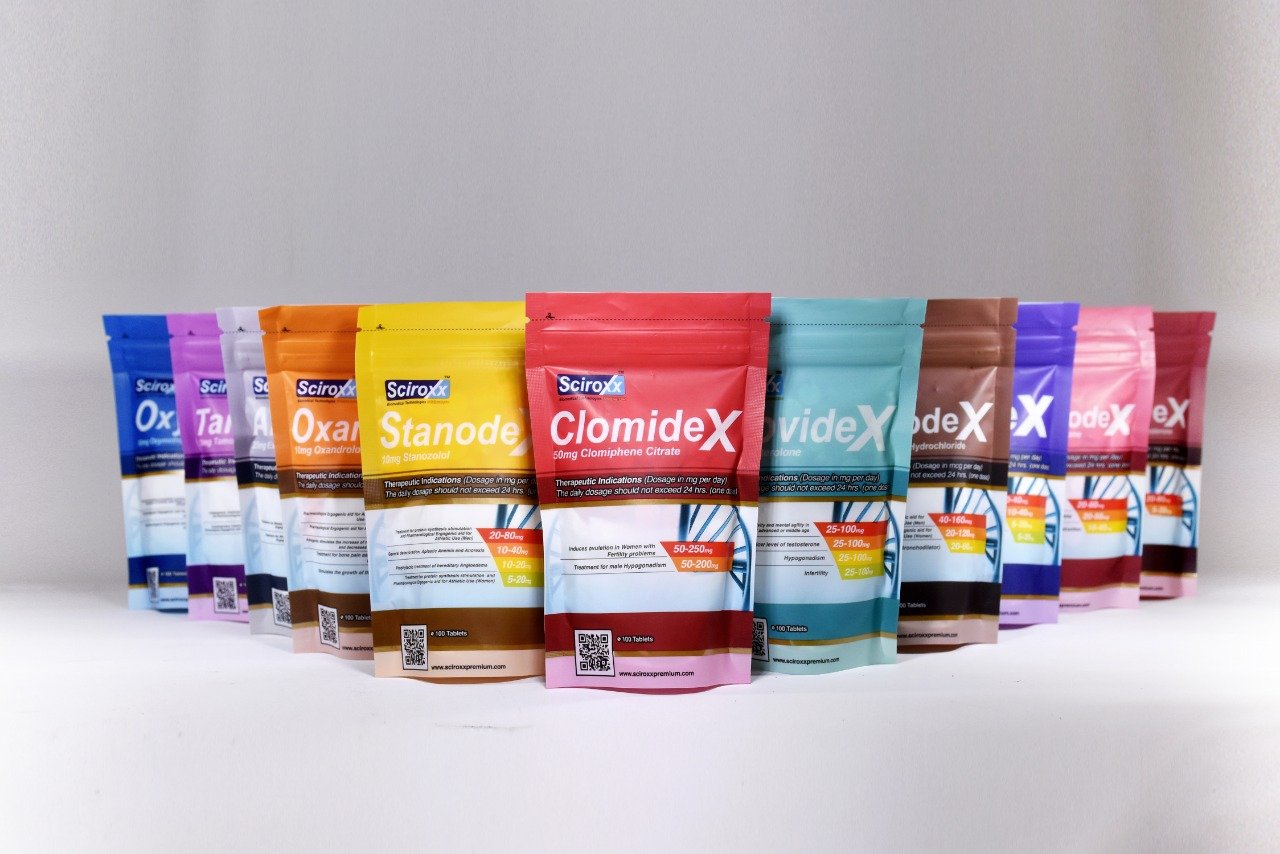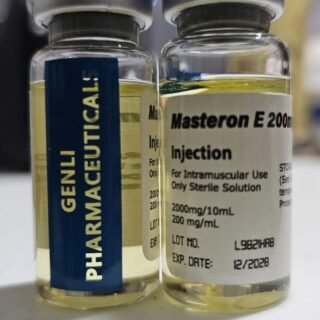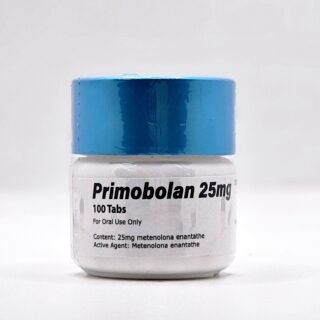Category
- Best Peptides for muscle growth
- Geno Pharma Domestic Warehouse 2 (Canada&USA)
- GP(Domestic Shipping US) Warehouse 1
- Human Pharma Premium
- Phar Labs Premium-Select
- Steroids on Sale USA, Real Steroids Online
- New arrivals in USA
- Most popular steroids in USA
- Antiestrogens / Gonadotropins
- Bangkok Steroid USA
- Biopharma Steroid USA
- British Dragon
- Anabolic Steroids for Horses
- Fat-burners
- Gen Pharma USA
- Medical Pharma Steroid USA
- Medical Tech Steroid USA
- Novocrine Steroids
- HGH USA
- Omega Labs Steroid USA
- Rotterdam Steroids USA
- SARMs USA
- Sciroxx
- Sydgroup Steroid USA
- Big vetenary Steroid USA
- Watson Steroids
- XT Labs Steroids
Most Popular steroids USA
-
 Saizen 8.8 mg (Somatropin) 26.4 UI Domestic USA
Saizen 8.8 mg (Somatropin) 26.4 UI Domestic USA
$115.00Original price was: $115.00.$98.00Current price is: $98.00. -
 PARAMIX 300 Genli Pharma – Trenbolone A, E & Hexa Mix 10 ml
PARAMIX 300 Genli Pharma – Trenbolone A, E & Hexa Mix 10 ml
$110.00Original price was: $110.00.$99.00Current price is: $99.00. -
 Testosterone 400 Biopharma 10 Ampoules
Testosterone 400 Biopharma 10 Ampoules
$99.00Original price was: $99.00.$75.00Current price is: $75.00. -
 Testosterone Cypionate 200 Biopharma 10 amp
Testosterone Cypionate 200 Biopharma 10 amp
$99.00Original price was: $99.00.$72.00Current price is: $72.00. -
 Drostanolone Enanthate 200mg 10 ml - Masteron Enanthate
Drostanolone Enanthate 200mg 10 ml - Masteron Enanthate
$110.00Original price was: $110.00.$90.00Current price is: $90.00. -
 Primobolan Pills 25mg 100 pills Domestic USA
Primobolan Pills 25mg 100 pills Domestic USA
$99.00Original price was: $99.00.$85.00Current price is: $85.00. -
 Clenbuterol for Sale 40mcg 100 Tabs - GP Premium Domestic USA
Clenbuterol for Sale 40mcg 100 Tabs - GP Premium Domestic USA
$99.00Original price was: $99.00.$65.00Current price is: $65.00.


Table of Contents
ToggleWhat is Occlusion training?
Occlusive training involves applying a restriction to blood flow in certain muscles, by means of external pressure that is carried out through a tourniquet, a pressure cuff or an elastic band, which is placed in an area close to the trained limb, upper or lower.
The external pressure applied must achieve maintenance or reduction of arterial blood flow to the muscle, but occlude venous circulation, which causes local hypoxia, which improves muscle hypertrophy, due to the metabolic stress it induces in the muscle.
This type of training is still little known, however it has begun to become fashionable in gyms among bodybuilders with significant muscle mass. Compared to conventional training with high loads, which produces a high level of mechanical tension, and a low level of metabolic stress, occlusive training generates a lower level of mechanical tension, but a higher level of metabolic stress, so It is highly recommended for those people who, for whatever reason, cannot tolerate high mechanical loads on their joints, or ectomorphs who start with a routine.
Occlusive training was developed by Sato, who discovered it after kneeling for a long time before a Buddha statue. Upon getting up, he observed a tingling sensation in his legs similar to that experienced in resistance training, so he decided to investigate it, developing this training model, which he called occlusive training, although in his country (Japan) it is known as Kaatsu.
How does occlusive training work?
A large number of studies carried out refer to complex mechanisms that take place in the body, and which are still under investigation, through which occlusive training would optimize hypertrophy after training.
Everything seems to indicate that the mechanisms involved in occlusive training would be a metabolic and hormonal response in the various activated fibers, in addition to signaling from the mTOR pathway. However, metabolic stress seems to be the essential factor, which in turn would precipitate other mechanisms such as hormone production or increased recruitment of fast-twitch fibers. Although mechanical tension seems to play a role as well, it does not seem as significant in this type of training
Processes such as local hypoxia, which leaves type I fibers without oxygen supply, as well as a high level of metabolic stress, which causes greater activation of fast-twitch or type II fibers, have also been found. Similarly, it has been possible to observe a longer duration of metabolic acidosis, in principle produced by an accumulation of intra-muscular protons, as well as a possible stimulation of the metabo-receptors, which is believed to cause an acute response of the metabolic system hormonal. Some researchers have also observed a production of various reactive oxygen species that promote tissue growth, called reactive oxygen species or ROS.
Until now, occlusive training has been studied under different protocols, ranging from an occlusion without movement, to occlusions for different aerobic activities such as walking or pedaling, although the fact that really interests gym enthusiasts is occlusion with weight training loads or resistances. At a health level, it is being used in post-operative rehabilitation, the rehabilitation of anterior cruciate ligament injuries and as exercises for the elderly.
Benefits of occlusive training in the gym
For many years, the recommendations of trainers to increase muscle hypertrophy through training with loads or resistances have always been to perform the exercises with an intensity greater than 65% of the maximum repetition, however, occlusive training has shown interesting increases in muscle mass with loads of just 20 or 40% of a maximum repetition, which has captured the largest number of investigations and scientific evidence.
Other studies have been able to corroborate that occlusive training is efficient in developing strength, clarifying that these strength gains were not as evident as the gain in muscular hypertrophy, which have been observed after occlusive training, once the occlusion tests have been repeated measurement to see the results. Specifically, improvements in strength have been observed in knee extension exercises at 1RM, elbow flexion, isometric, isokinetic and eccentric strength in general, and bench press or squats. However, it must be said that occlusive training does not seem to increase the activation capacity of the muscles with the same intensity as a classic training with heavy loads.
As far as neurological stimuli are concerned, occlusive training does not seem sufficient to favor those movements in which the application of rapid force is required, and strength gains seem to be the result of increased muscle mass. On the other hand, another of the adaptations observed as reactive to occlusive training is what is known as hypotensive response, which is characterized by a drop in systolic or diastolic blood pressure, to levels lower than those observed at rest, very similar to observed in resistance training.
Other studies have also shown that occlusive training can cause cardiovascular adaptations, although it is not the fundamental adaptation, nor is it the one with the most evidence. What has been observed are improvements in resistance capacity and the activity of oxidative enzymes, as well as capillary density, and an increase in glycogen storage. A reduction in resting heart rate has also been observed. Finally, when vascular occlusion is applied to aerobic activities such as walking or cycling, an improvement in VO2 max has been observed.
Side effects of occlusive training
Some of the studies carried out have shown interest in the secondary effects of occlusive training, and today there is evidence of some problems that can be derived from occlusive training, such as subcutaneous hemorrhages and numbness, or a certain insensitivity of the trained areas, which appear to occur between 1.3% and 13.1%, according to a survey conducted in Japan in 2006.
It has also been suggested that although occlusive training improves the strength and cross-sectional area of muscle tissue, it may not lead to improvements in connective tissue strength, due to the few mechanical loads applied, which could increase the risk of injury. When it is compatible with high-load training, something that is usually done in bodybuilding.
In general, those with a history of thrombosis or varicose veins, as well as pregnant women, are considered contraindicated for occlusive training. It should also be noted that when heavy pressure is applied to pressure cuffs or elastic bands, it can cause some post-workout muscle soreness, thereby limiting the amount of training an athlete can perform.
For these reasons, the conclusions of some of the studies carried out have suggested that occlusive training should be carried out intermittently, or else loosen the elastic band or cuff, after each series, in training. However, these results pose a conflict, since some investigations found that there are not many differences in the physiological response, if intermittent or continuous blood flow restriction is compared, while other studies did find differences, therefore, there are still many questions to investigate to corroborate this type of training, to avoid risks that could arise from its misuse.
Frequently asked questions about occlusive training
How do you train with an occlusion?
It is trained with one or two elastic bands of about 3 to 6 cm. wide for the arms and about 6 to 12 cm. for the legs. The greater the muscle mass, the greater the width of the elastic band should be. When used on the arms, this elastic band should be placed as close to the armpit as possible.
What is meant by muscular occlusion?
A muscular occlusion is a restriction in the blood flow of the muscle, by means of an external pressure that is carried out by means of a tourniquet, a pressure cuff or an elastic band, which is placed on the muscle of the limb that is trained.
Share this page:
- Click to share on X (Opens in new window) X
- Click to share on Facebook (Opens in new window) Facebook
- Click to email a link to a friend (Opens in new window) Email
- Click to share on LinkedIn (Opens in new window) LinkedIn
- Click to share on Reddit (Opens in new window) Reddit
- Click to share on Pinterest (Opens in new window) Pinterest
- Click to share on Telegram (Opens in new window) Telegram
- Click to share on WhatsApp (Opens in new window) WhatsApp
- Click to share on Tumblr (Opens in new window) Tumblr
Written by Steroids USA
Pay with WISE APP or Remitly
Pay with WISE App or Remitly
Fast money transfers from USA for fast delivery of steroids
Secure delivery in USA
100% reliable shipping in USA
24x7 Support
Online 24 hours
Low cost delivery
Great shipping prices in USA
BULK ORDER DISCOUNT
If you are a reseller in the USA you can get a special DISCOUNT, we can give you up to 50% or more on bulk orders. If you want to make a bulk order, we can negociate for orders of over USD$4,000, contact us by email.
Steroids info










